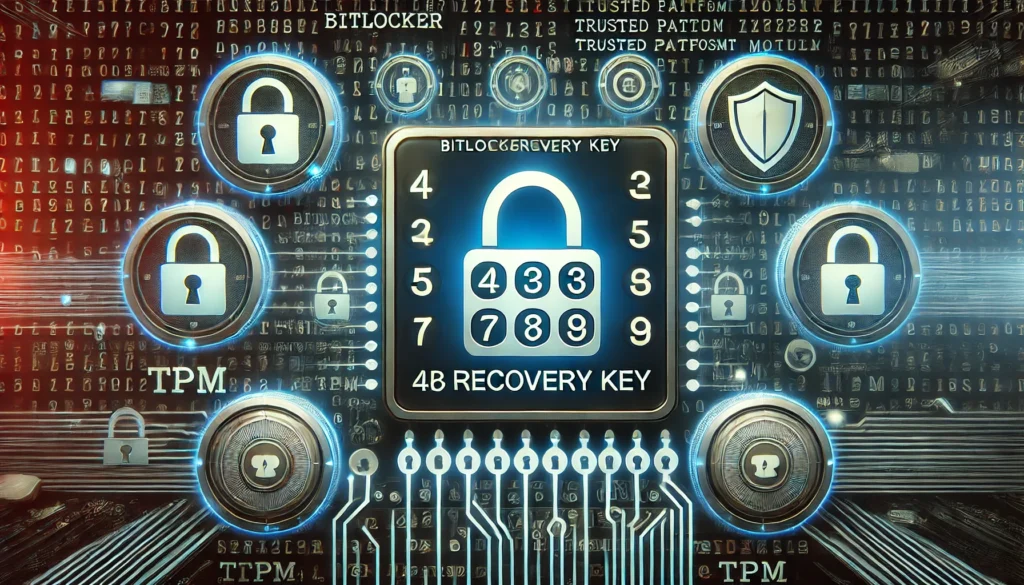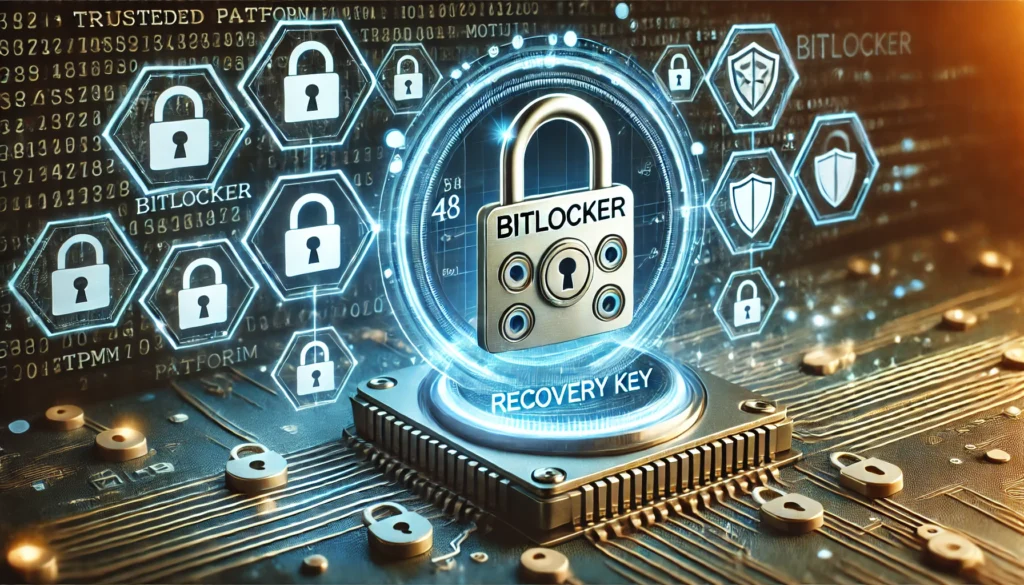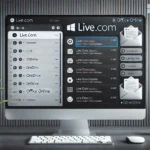Introduction to BitLocker
BitLocker is Microsoft’s advanced disk encryption technology designed to protect your data by encrypting your entire drive. Whether you’re a casual user or an IT professional, the importance of safeguarding sensitive information cannot be overstated. BitLocker achieves this by providing robust encryption and security features. However, its efficiency comes with a critical component—the BitLocker recovery key.
This recovery key acts as the ultimate failsafe, allowing users to access their data when BitLocker locks the drive. Let’s dive deeper into what it is, how to retrieve it, and strategies for managing it effectively.
Understanding the BitLocker Recovery Key
What Is a BitLocker Recovery Key?
The BitLocker recovery key is a 48-digit numerical code generated during BitLocker setup. This unique key is essential for accessing your encrypted drive if the system cannot verify your identity, such as after a hardware change or unauthorized access attempt.
Why Is It Important?
Without the recovery key, access to your encrypted data can become impossible. For security reasons, BitLocker locks your drive in specific situations, making this key your last line of defense against data loss. By understanding its purpose, you can ensure uninterrupted access to your valuable information.
Methods to Store the BitLocker Recovery Key
1. Saving to a Microsoft Account
When setting up BitLocker, you can save the recovery key to your Microsoft account. This option allows you to access the key from any device by signing in at https://account.microsoft.com/devices/recoverykey.
2. Storing on a USB Flash Drive
You can save the recovery key to a USB drive for physical safekeeping. This method is particularly useful if you prefer an offline storage option.
3. Printing a Physical Copy
Another option is to print the recovery key. While it’s an old-school approach, a physical copy can be stored securely in a safe place.
4. Saving as a File
The recovery key can be saved as a text file on another device or drive. Ensure this file is stored in a secure location to prevent unauthorized access.
5. Using Active Directory or Azure Active Directory
Organizations often save recovery keys to Active Directory (AD) or Azure AD. This centralized storage ensures IT administrators can retrieve the keys when needed.
| Storage Method | Pros | Cons |
| Microsoft Account | Accessible anywhere | Requires an online account |
| USB Flash Drive | Offline, portable | Risk of physical loss |
| Printed Copy | No digital vulnerabilities | Risk of damage or misplacement |
| File Storage | Convenient, quick | Susceptible to hacking |
| Active Directory/Azure AD | Centralized for organizations | Not for personal users |
Retrieving Your BitLocker Recovery Key
How to Find It via Microsoft Account
- Visit https://account.microsoft.com/devices/recoverykey.
- Sign in with the Microsoft account used during BitLocker setup.
- Locate the recovery key linked to your device.
Locating a USB-Stored Key
Insert the USB drive into your device. Navigate to the drive’s contents to find the text file containing your recovery key.
Finding a Printed Copy
Search for the document where you saved your recovery key. Ideally, it’s stored in a secure and easily accessible location.
Retrieving via Active Directory
For work or school devices, contact your IT administrator. They can retrieve the recovery key stored in Active Directory or Azure AD.
Scenarios Requiring the BitLocker Recovery Key
- Hardware Changes: Upgrading or changing hardware components like the motherboard can trigger BitLocker’s recovery mode.
- Firmware Updates: Updating system firmware may lead to mismatched credentials.
- Unauthorized Access Attempts: Too many failed login attempts can lock the drive.
- Forgotten PIN or Password: A forgotten BitLocker PIN/password necessitates the recovery key.
- System Corruption: Data corruption can prevent BitLocker from verifying the drive’s integrity.
Preventing Unnecessary BitLocker Recovery Prompts
Best Practices for Users
- Always back up the recovery key in multiple secure locations.
- Avoid frequent hardware changes.
- Update firmware and drivers cautiously.
For IT Administrators
- Implement organizational policies for BitLocker management.
- Regularly audit and verify recovery key backups.
- Educate users on securely storing their keys.
Additional FAQs
- Can I recover data from a BitLocker-encrypted drive without the recovery key?
No, recovering data from a BitLocker-encrypted drive without the recovery key is nearly impossible. The encryption ensures that only authorized users with the correct key can access the data, making unauthorized recovery unfeasible. - What should I do if I suspect my BitLocker recovery key has been compromised?
If you believe your recovery key has been exposed, you should immediately regenerate a new recovery key via the BitLocker management settings and ensure the old key is no longer accessible. Update all backups with the new key to maintain security. - Can BitLocker encryption affect system performance?
While BitLocker is optimized for modern systems, there might be a minor performance impact, especially on older hardware or devices without a Trusted Platform Module (TPM). However, on most modern systems, this impact is negligible. - Does BitLocker recovery key expire?
No, a BitLocker recovery key does not have an expiration date. It remains valid until you regenerate or change it manually through the settings. - How can I check if BitLocker is currently active on my system?
You can verify if BitLocker is active by navigating to the Control Panel, selecting System and Security, and then opening the BitLocker Drive Encryption section. It will display the encryption status for all drives.
Conclusion
The BitLocker recovery key is a cornerstone of data security for encrypted drives. By understanding its role, storing it securely, and knowing how to retrieve it, you can ensure your data remains protected in any situation. From casual users to IT professionals, this guide empowers you to manage BitLocker effectively and keep your sensitive information safe. Take the necessary precautions today to avoid data loss tomorrow.
Recommended Articles
Comprehensive Guide to Windows Support Number
The Ultimate Guide to Traductor Inglés Español
Understanding Phubbing: A Comprehensive Insight
The Ultimate Guide to Indeed: Everything You Need to Know
Перекладач: A Comprehensive Guide to Translators and Their Impact



